Catching Lightning in a Bottle: Creating The Next Generation

Twenty years ago, the genius of one man brought to television a program that has transcended the medium. We are enormously pleased that that man, Gene Roddenberry, is going to do it again. Just as public demand kept The Original Series on the air, this new series is also a result of grassroots support for Gene and his vision.
With those words spoken by Mel Harris, the president of the Paramount Television Group, the long-awaited second Star Trek television series became official on October 10, 1986, seventeen years after the first show had been canceled.
It wasn’t the Star Trek many fans had been waiting for. The campaign to bring back Kirk and his crew, which had been waged through the 1970s, could no longer be won. The success of the Star Trek motion pictures, as well as the careers of the original cast, meant a return to weekly television for them was out of the question. So Paramount agreed to give Roddenberry a new setting and a new crew. It was going to be a new generation. The next generation.
This attempt to “catch lightning in a bottle,” as Leonard Nimoy put it, was not without risk. None of the networks would commit to buying a full season in advance. At best, they would agree to buy six episodes — but that wasn’t enough to cover the necessary investments in costumes, models, props and sets.
Paramount made the groundbreaking decision to produce The Next Generation directly for the syndicated market. That’s where The Original Series had thrived. At worst, they would have 26 new episodes which they could add to the existing 79. The new series might not succeed, but the studio wouldn’t lose money.

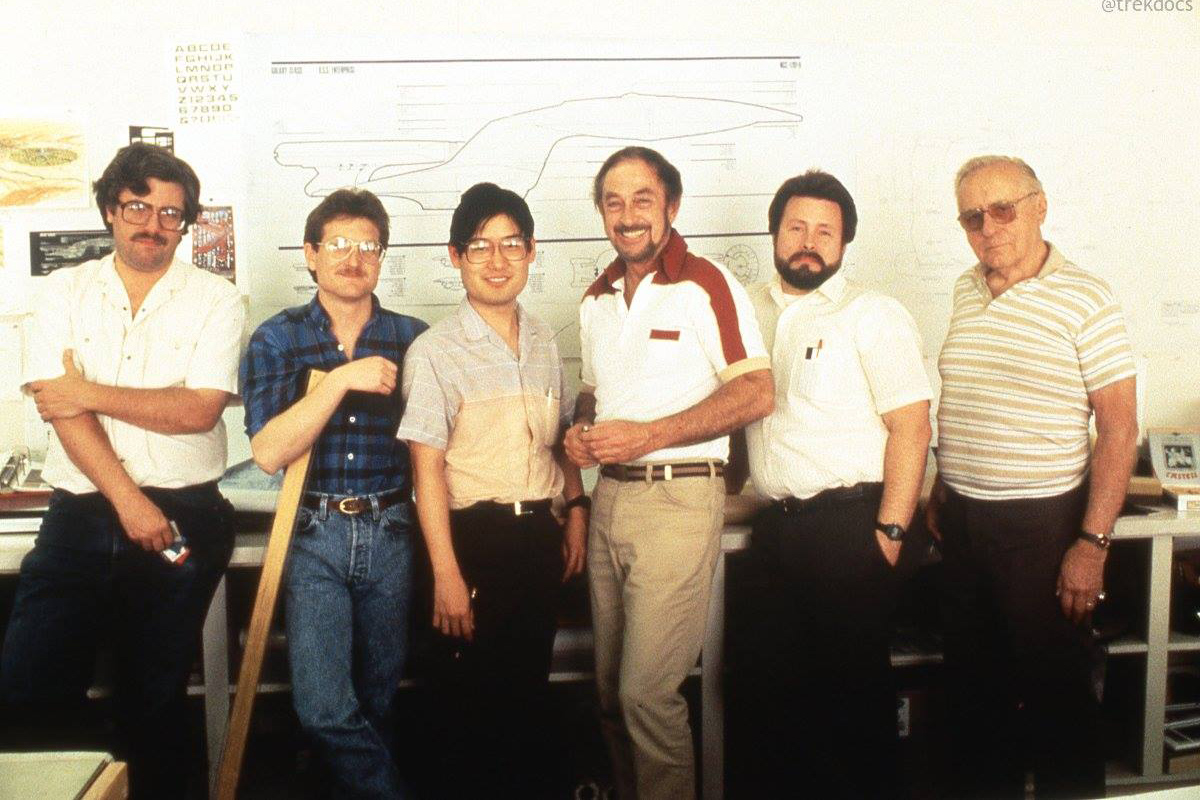
Assembling the team
Roddenberry’s first task was assembling a production team that could match his passion for Star Trek. Veterans from the first series included Robert Justman as producer, William Ware Theiss as costume designer, John Dwyer as set decorator and Dick Brownfield for special effects.

Roddenberry was able to recruit new talent from the movie franchise: makeup artist Werner Keppler, illustrators Andrew Probert and Rick Sternbach, scenic artist Michael Okuda and the visual-effects wizards of Industrial Light and Magic.
Among the new faces were Production Designer Herman Zimmerman, Makeup Supervisor Michael Westmore, Visual Effects Coordinators Robert Legato and Dan Curry, and Unit Production Manager David Livingston. All would remain with Star Trek for years after Roddenberry had departed this world.
Premise
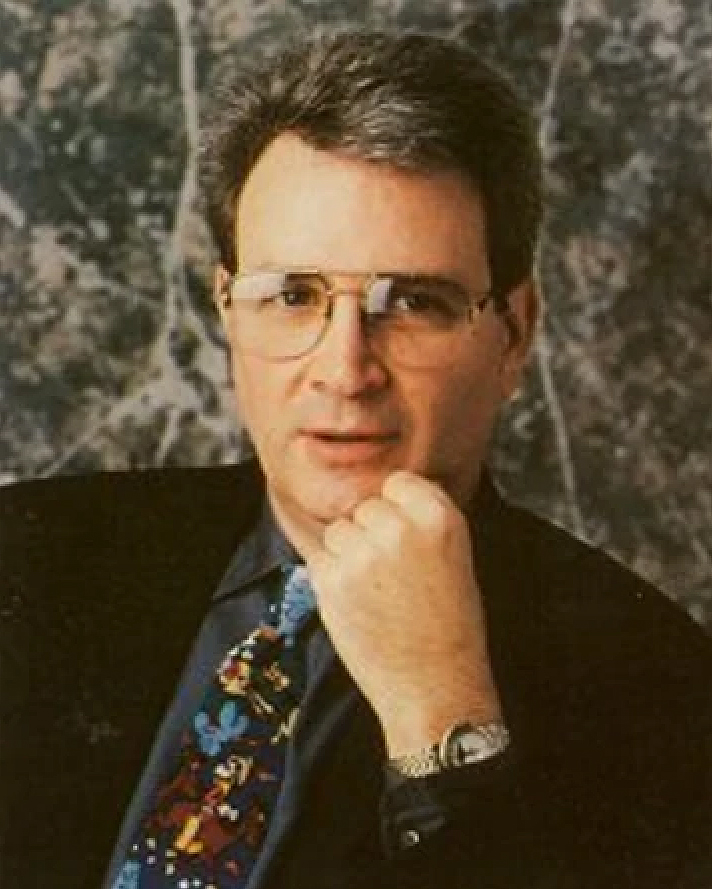
David Gerrold, who had written the classic episode “The Trouble with Tribbles”, summed up the shortcomings of The Original Series in his book, The World of Star Trek:
- Beaming the captain into the middle of a potentially dangerous situation every week was imprudent.
- Technological failures were overused as a plot device. If the transporter failed every other week, why would the Enterprise crew continue to use it?
- How did the crew cope with being away from friends and family for many years?
The first point had already been addressed in planning the aborted second Star Trek television series, Phase II, which introduced a first officer to lead away teams. The character of Will Decker easily morphed into Will Riker. Even his past romance with the ship’s empath was carried over into the new show.
Roddenberry insisted that The Next Generation should not over-utilize technological failures. “Although this creates some additional difficulty in maneuvering our people into danger,” he wrote in a draft of the writers’ guide, “story believability demands that our twenty-fifth-century technology be at least as capable as our twentieth-century technology in this area.” (It was later decided that the show would be set in the twenty-fourth century, approximately 100 years after Kirk’s adventures.)
Justman tackled Gerrold’s third point. He proposed a “Noak’s Ark” premise that involved crew members bringing their families aboard, and he came up with what would eventually become the holodeck. Roddenberry approved and demanded that the new Enterprise look less “battleship-sterile” and more like a city in space.
Casting
The next challenge was creating new characters. Roddenberry was careful not to make them copies of the original Star Trek’s. “I would hate to think our imagination is so slender that there aren’t other possibilities to think about,” he said.
To get the kind of energy and enthusiasm we needed, you needed to have new characters and a new series.
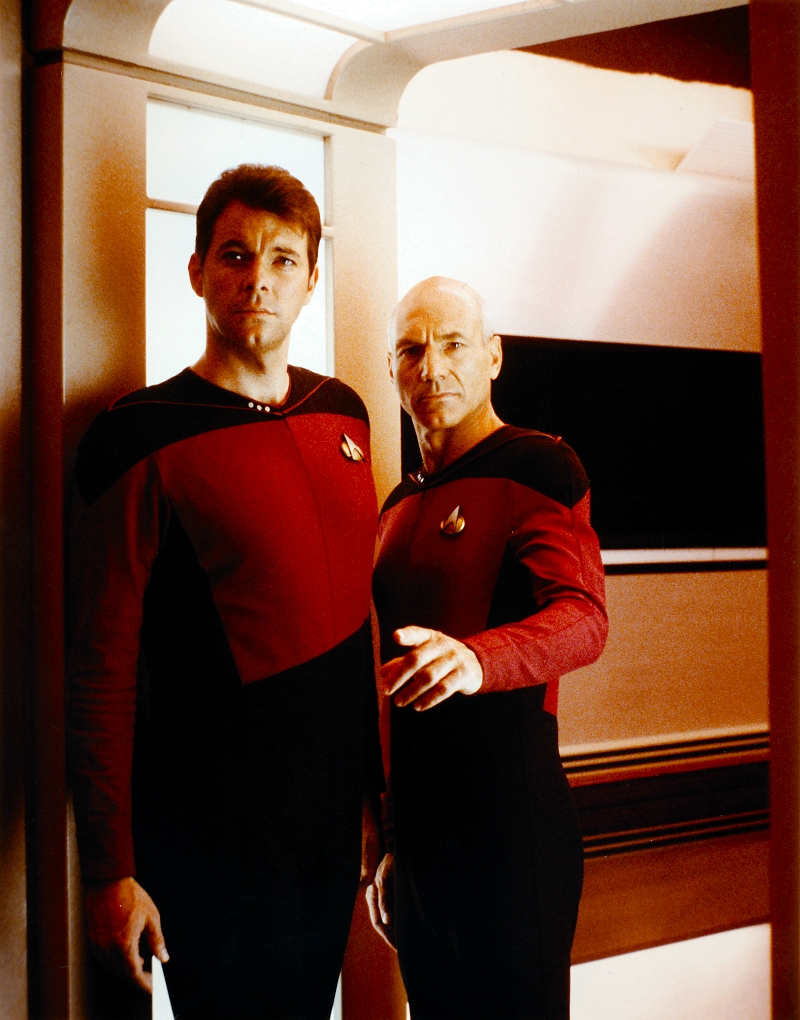
Justman pushed back on two fronts. He argued for a Klingon character to show how much the Star Trek universe had changed since The Original Series and he recognized that Data might lend the new series a Spock-like mystique. The character had sprang from Questor, a similar android seeking its creator in Roddenberry’s unsold 1974 TV pilot movie, The Questor Tapes.
At the time when Probert was designing the bridge, the thinking was that Tasha Yar would sit in the front, next to Geordi, and Data would occupy the command circle with Picard and Riker. Justman and fellow producer Edward K. Milkis realized that Troi would be strengthened both in her shipboard role and as a character if she took the third central seat. When Probert placed tactical on the wooden horseshoe behind the command area, it freed up a console for Data in the front.
Roddenberry recalled in an interview with Cinefantastique in 1991, shortly before his death (My Star Trek Scrapbook has the full interview), that it was Justman who introduced him to Patrick Stewart:
He had gone to UCLA and had seen this man he wanted as Picard. He presented him to me and my first reaction was, “Jesus Christ, Bob, I don’t want a bald man.” In his wisdom, Justman kept his mouth shut and let me grow accustomed to him.
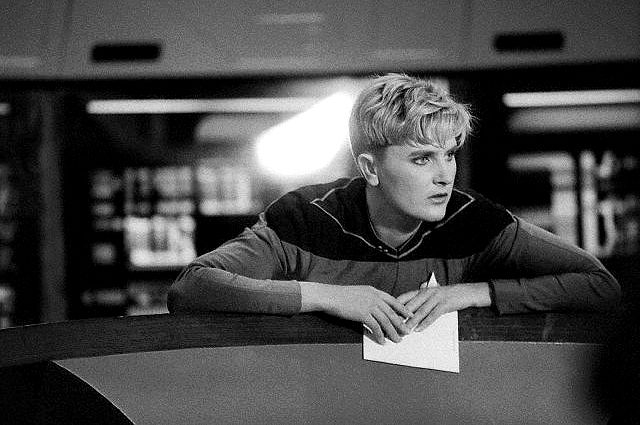
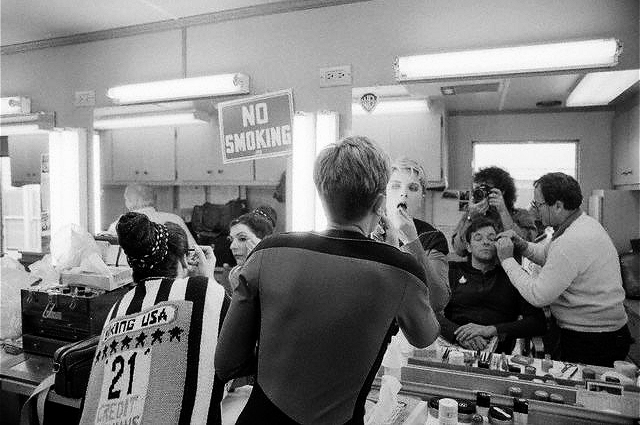
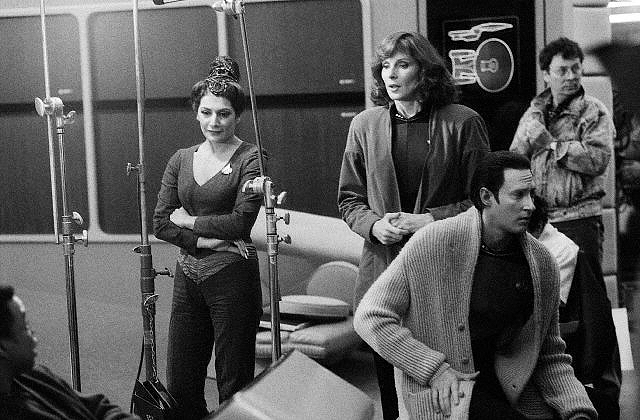
By contrast, Roddenberry took an instant liking to Jonathan Frakes, coaching him through seven auditions in six weeks.
Marina Sirtis originally auditioned for the role of security chief, then called Macha Hernandez, while Denise Crosby was reading for Troi. Justman and Rick Berman, who would replace Milkis as producer, liked both actresses in those roles, but Roddenberry switched them, leading to “Macha Hernandez” becoming “Natasha Yar” to match Crosby’s blond hair.
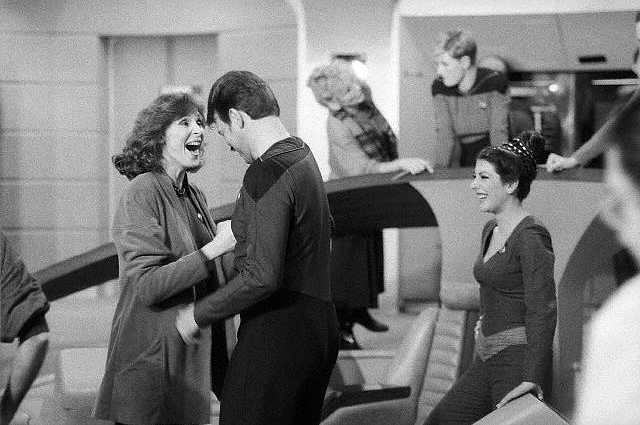

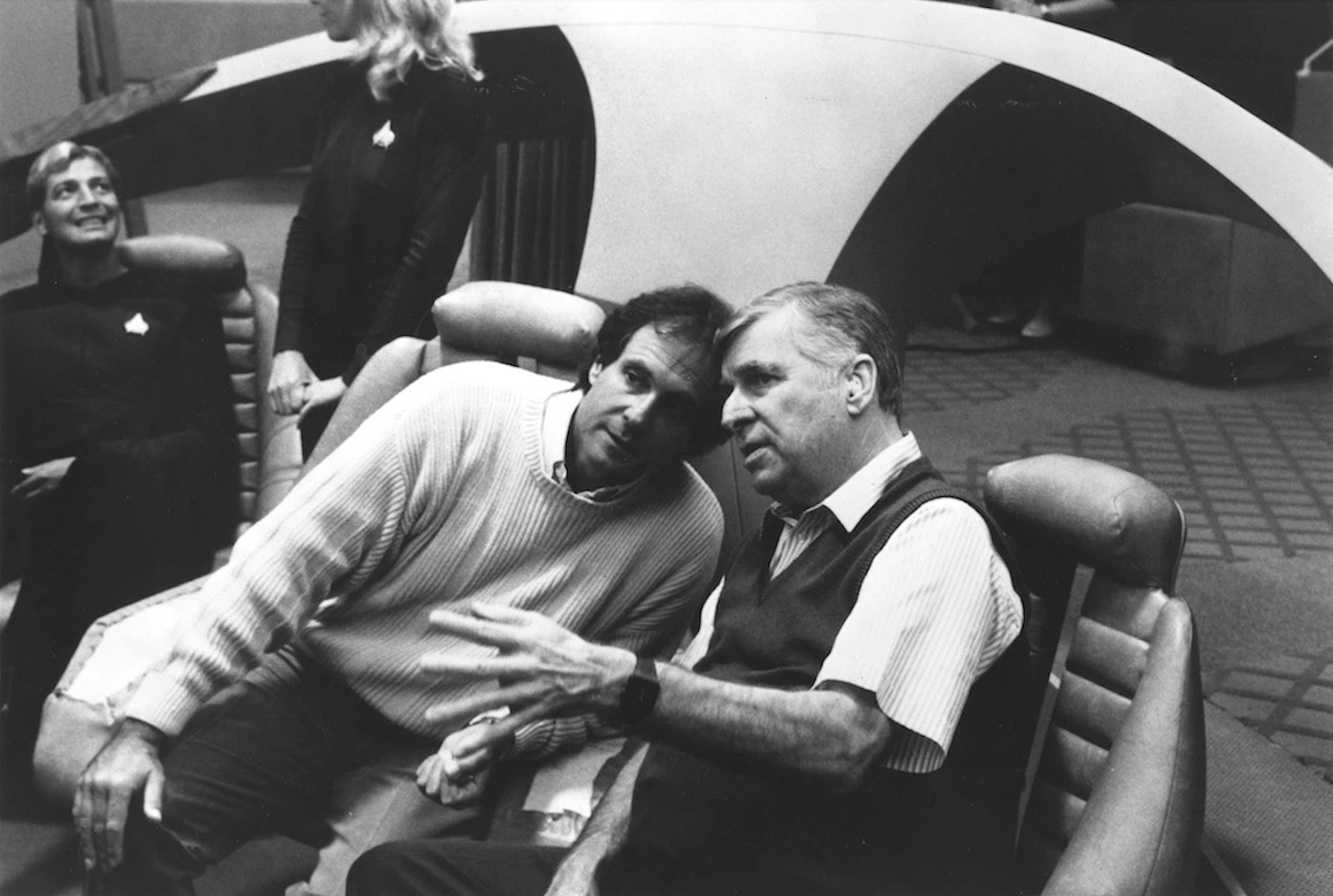
Storytelling
The first season was a rollercoaster. Episodes varied widely in quality. There was rapid turnover of staff. Dorothy C. Fontana, a veteran of The Original Series who left midway through the first year of The Next Generation, told Future Science Fiction Digest in 2019 that Roddenberry got into quarrels with everyone. “It caused a lot of unhappiness.” Writer Tracy Tormé recalled in an interview with Cinefantastique at the end of the seventh season that the first had been “complete turmoil.”
The cast was very unhappy. The writers were unhappy and producers were coming and going. It was almost comedic how many people were coming and going, or coming back from lunch and finding they were locked out of their office.
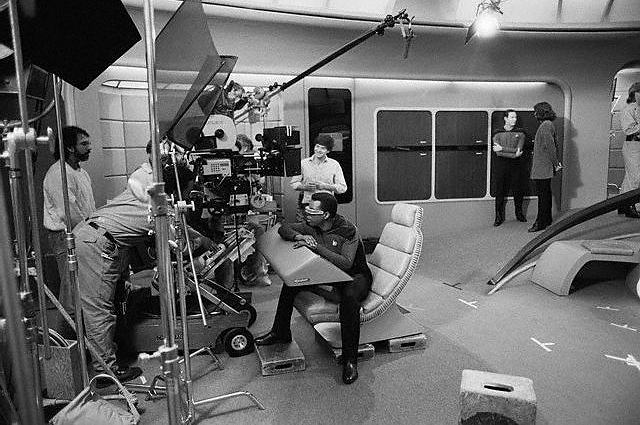


One aspect of Star Trek remained unchanged: many stories addressed the issues of the day.
Three episodes dealt with disease, reflecting the growing impact of the AIDS epidemic. The Iran-Contra scandal inspired the arms-for-hostages story of “Too Short a Season” and was the starting point for Tormé’s thoughts on the nature of the conspiracy within Starfleet in the “Conspiracy”.
LeVar Burton explained:
Gene always knew that the important issues of today are best presented in terms of the future or the past, where they are at a safe distance for the audience to consider.
That meant writers didn’t need a background in science fiction. “Some of our best scripts were done by non-science-fiction writers,” Roddenberry told Cinefantastique.
He also recognized that times had changed:
During my first Trek, for instance, I didn’t pay any attention to women. In the years I have grown into something of a strong feminist.
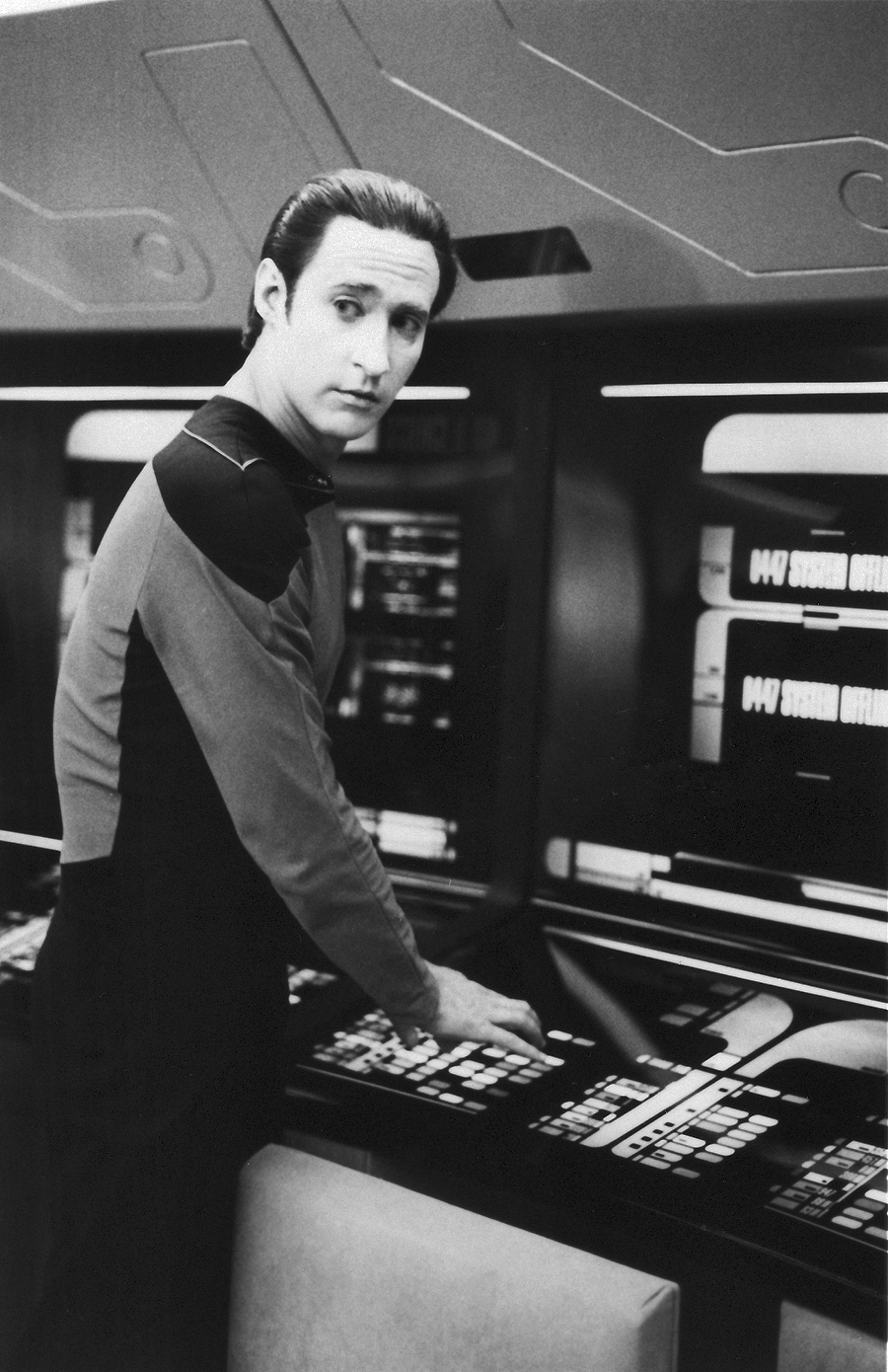
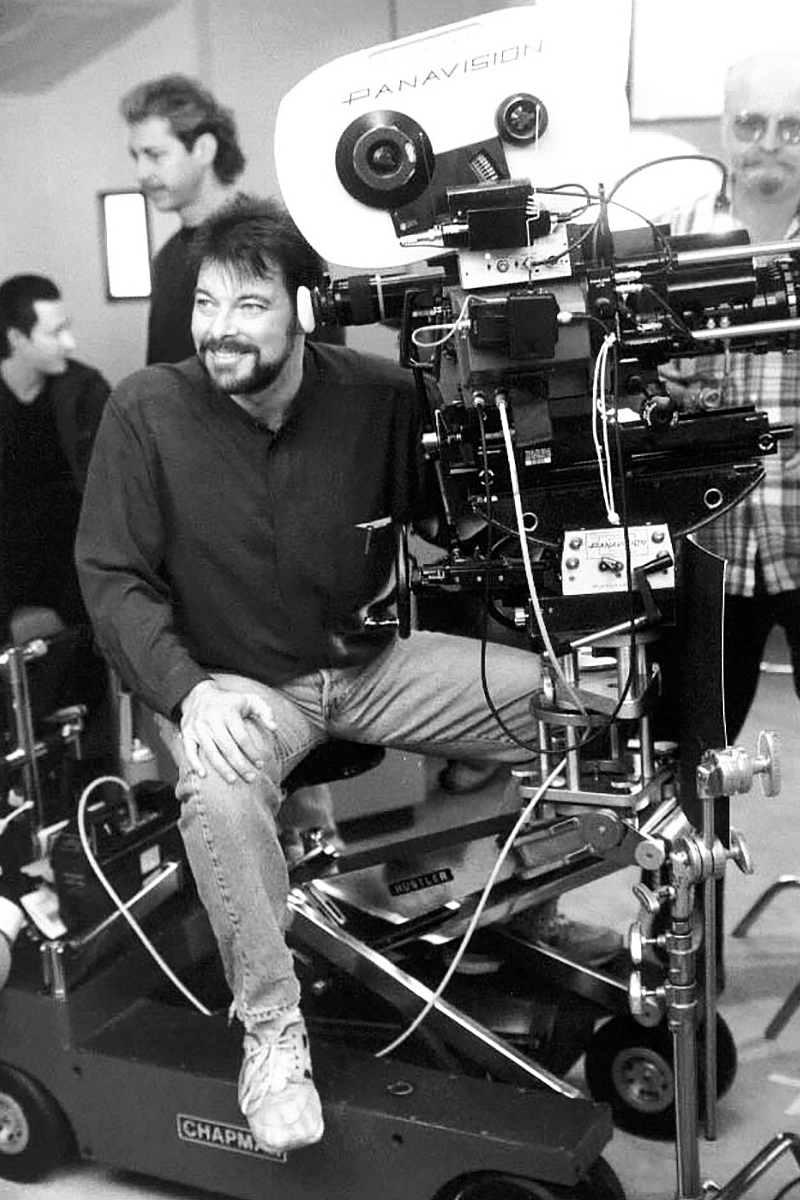
Space babes weren’t the only victims of 1980s political correctness. Whereas Kirk’s Enterprise can be considered an allegory for the Kennedy-Johnson era of foreign policy, when few Americans questioned the fundamental righteousness of spreading liberalism and democracy around the world, the post-Nixon Next Generation was careful not to draw value judgements and respected alien cultures. Where Kirk had often settled disputes mano a mano, Picard would negotiate and persuade.
Michael Piller, who joined as a writer during Season 3 and who would go on to co-create Deep Space Nine and Voyager, told Cinefantastique in 1993 that Roddenberry’s vision was that “we should be out there exploring to learn more about ourselves, instead of trying to teach everybody else what our values are.”
But this enlightened philosophy came at a price. One reason for the high staff turnover was that few writers could cope with Roddenberry’s dictum that there must be no personal conflicts between the crew.
Another reason was that he would heavily rewrite their stories if they defied him.
Roddenberry defended his decision to the end:
You can hardly have people from this ideal world with the same smallness people have today.
“We’re back”
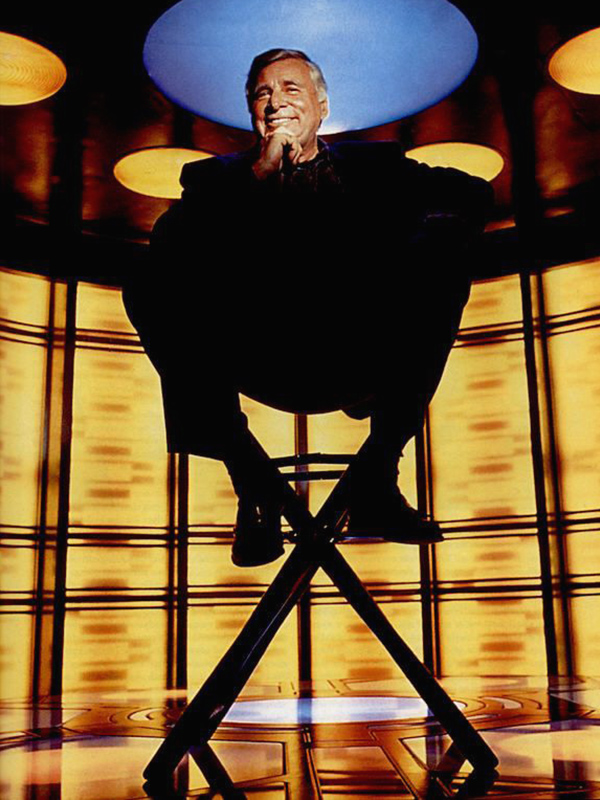
Ten months after the cameras had rolled on “Encounter at Farpoint,” production wrapped on “The Neutral Zone”. The confidence displayed in that last episode was unmistakable. Secure in the knowledge that the audience had accepted Picard’s crew as a new version of Star Trek, Roddenberry felt it was time to bring back a favorite alien race: the Romulans.
The incidents that brought them back into Starfleet’s scrutiny was the mysterious disappearance of their outposts near the Neutral Zone — an ominous story point that was deliberately inserted to set up the appearance of a new threat in Season 2. But the most telling element of that episode was the Romulan commander’s final line to Captain Picard: “We’re back.”
As Garfield and Judith Reeves-Stevens put it in Star Trek: The Next Generation — The Continuing Mission, that wasn’t just the Romulans talking. That was Gene Roddenberry and the entire Star Trek family. Lightning had been caught for an unprecedented second time and now, in the best tradition of science fiction, it was time to see what the future would bring.
